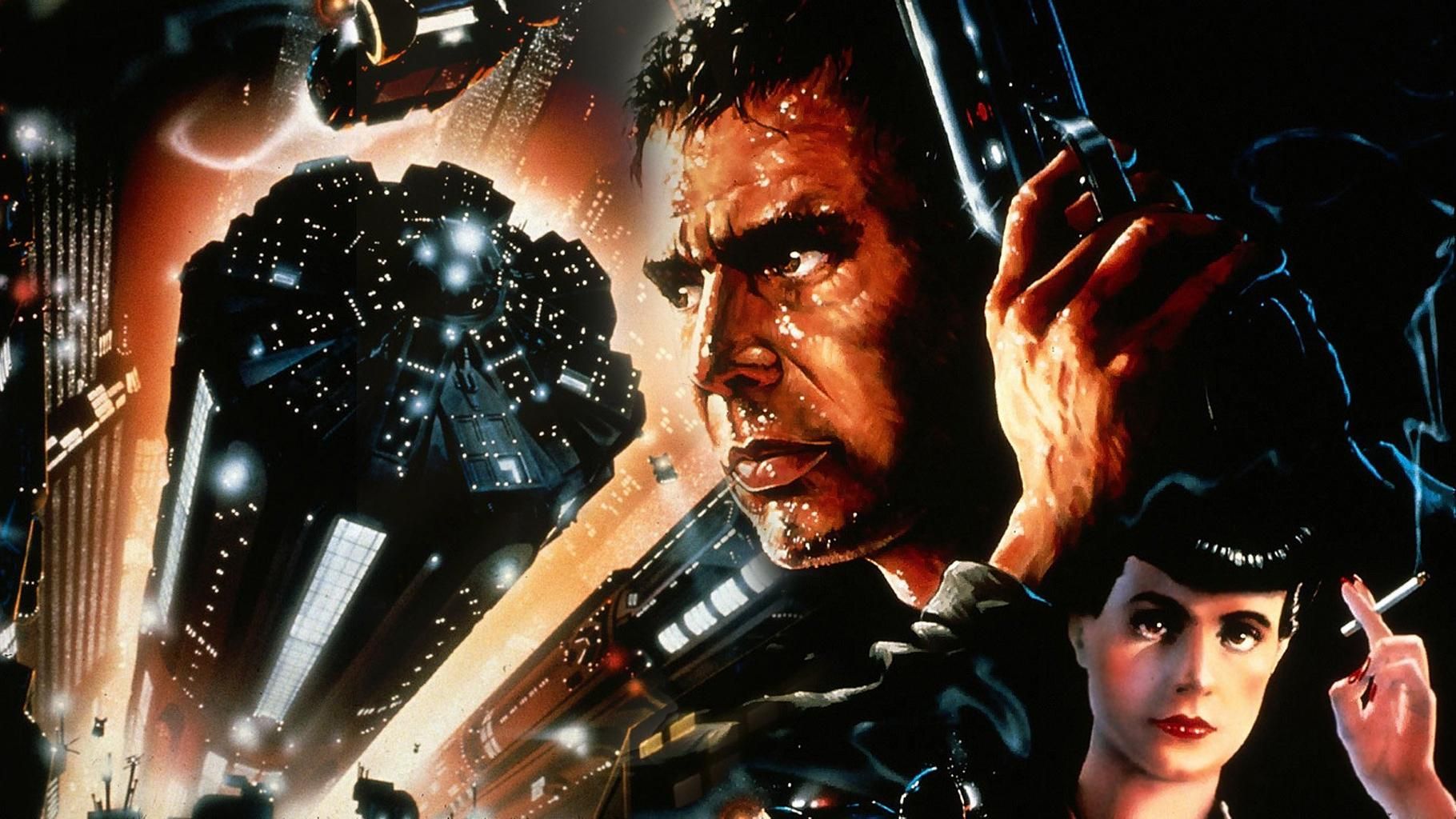
Blade Runner Review Movie
Blade Runner Review
"I think that some many people are enthused about it and that's their choice," a grumpy Harrison Ford stated to The Boston Globe in 1991. "I played a detective , but I was not a detective at all. There was nothing to do other than sit around and give concentration on Ridley's set." Well, He didn't particularly enjoy being involved in Star Wars either, and many of people liked this as well. It's true that the actors who play them aren't always good in sci-fi films in the sense that they think they are battling the set or against their director's vision. In reality Harrison Ford's evident humour fits perfectly into the framework of Ridley Scott's films. His ex-blade runner Rick Deckard, though expert in "retiring" the androids who are almost human that are referred to as replicants, has much of the movie grooving.
As he tracks down four escaped replicants (a detective doing "no detecting"?) in a darkly sinister and incongruously wet 2019. Los Angeles, he falls in love with the femme fatale Rachel (Young) she is also a replicant. It's this tense romantic, mysterious relationship that is the focus of the story.
Blade Runner is possibly the most talked-about sci-fi film that has ever created. It earned this distinction because it was a complete failure at the release date, getting the glamor of an absolute fandom (something which could never be stated regarding Star Wars, despite the popularity of its fans). When it was re-released theatrically in form of the Director's Cut in 1992, it was again praised by previously critical critics who were snarky, and increased numbers of people paid watch it. The irony of this legitimacy lies in the fact that the Director's Cut is more cryptic and vague than the original and most importantly to the kind of fan who flits around the Internet it substantiated the popular belief the idea that Deckard was a clone.
There are only small distinctions between the first and Director's Cut (indeed, the tag can be misleading, since it's an actual compromise between the studio and the director). Scott deleted the voice-over explaining the film and the happy end and happy ending, both of which were added following terrible sneak previews. The film also features an extended dream sequence of 12 seconds that features the appearance of a unicorn. This helps to explain the significance of an origami unicorn appearing in the final scene. Strangely enough, certain extra violence-filled frames from the version with video are removed. While aficionados who are obsessed argue about the merits of every versions (and what they think about whether Deckard is a copycat or not) an average enthusiast will get enough enjoyment by watching the filmor any bloody versionand marveling at its stunning quality of production.
Scott's experience in advertising has however, provided him with an uncanny sixth sense of not overdoing things, which is why you see the dusty light slicing through Venetian blinds, the backlit, pounding rain and the kaleidoscopic colors which are now the foundational structure of every filmmaker. The style in Blade Runner can be credited to the production designer Lawrence G. Paull, "visual futurist" Syd Mead, art director David L. Snyder, cinematographer Jordan Cronenweth and ubiquitous FX man Douglas Trumbull. However, the vision behind the film was Scott's "a film that was set 40 years in the future, but that was made in the way of 40 years ago." (Note to note, however how much more warm its effects before CGI are than those that are prevalent the world of today.)
In H.G. Wells The Time Machine, Earth was divided into a tidy, Aryan paradise above ground and a grotesque primitive netherworld below which is a sub-division that appears frequently in sci-fi films. The story of Blade Runner, the sleek and the shabby as well as the ancient and modern, live together, exactly as they do in any major city of today (the Ancient Egyptian grandeur of the Tyrell Corporation versus the dilapidated and leaky hulk of J.E Sebastian's home). Maybe this is the reason Blade Runner's story is appealing, and why it's being repeated ad nauseam in bank and rock video advertisements.
However, Blade Runner is more than just a collection of breathtaking images. It's a powerful story that will keep the rockers up late for many years to follow. Check this out for size: Batty (Hauer) is Jesus After all the nail he uses to pierce through his palm and then dies and releases a dove as it happens – as well Tyrell (Joe Turkel) known as Batty in the film as being his "maker" as well as his "maker," is God. This makes replicants of us. Humans are designed, as replicants are to die at birth This paradox is exemplified in the final phrase of this film "It's terrible that she will not live! However who will?" Place it into your bong and smoke it.
Oh I forgot, and Deckard is a clone and the Director's Cut isn't as good.

